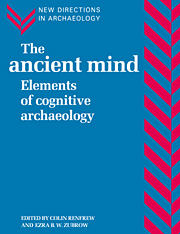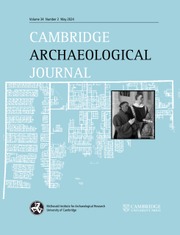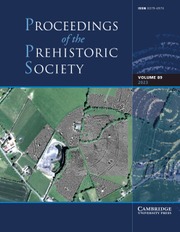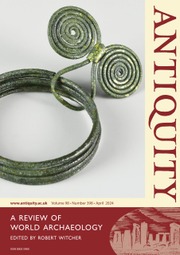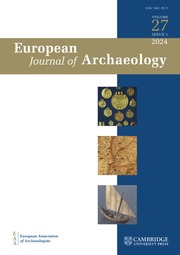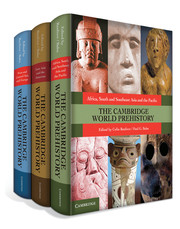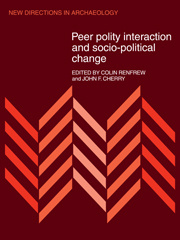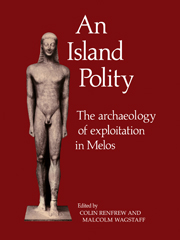The Ancient Mind
One of the most troubling problems in archaeology is to determine the manner and content of prehistoric thought. A fundamental challenge is to develop the theory, methodology and tools to understand human cognition. Cognitive archaeology as a subject is still in its infancy, and archaeologists are adopting a variety of approaches. One direction has been to develop an 'interpretationist', anti-scientific, literary approach. Another has been to use a linguistic framework and develop a hermeneutic, semiotic approach. A third approach develops a new direction in prehistoric cognitive research which is rooted in the scientific tradition and in an empirical methodology. It draws upon the cognitive, the mathematical and the computer sciences in an attempt to understand what techniques can be used appropriately on archaeological data, and how to implement them efficiently. This is the approach adopted by the contributors to The Ancient Mind. Together, they begin to develop a science of cognitive archaeology.
- First book of its kind on the still developing subject of cognitive archaeology
- Cognitive archaeology set to revolutionise archaeology in the 1990s, just as processal archaeology revolutionised the 1960s and 70s
- Excellent contributors and editors, at the forefront of recent research
Product details
April 2011Adobe eBook Reader
9780511882593
0 pages
0kg
41 b/w illus. 6 maps 15 tables
This ISBN is for an eBook version which is distributed on our behalf by a third party.
Table of Contents
- Foreword
- Part I. Introduction:
- 1. Towards a cognitive archaeology
- Part II. The Interdisciplinary Underpinning:
- 2. Interpretations and testability in theories about prehistoric thinking
- 3. Archaeology and cognitive science
- 4. From mental modularity to generalized intelligence: a cognitive interpretation of the Middle/Upper Paleolithic transition
- 5. Are images animated? The psychology of images in Ancient Greece
- Part III. Approaches to Cult Practice and Transcendental Belief Systems:
- 6. The archaeology of religion
- 7. Ancient Zapotec ritual and religion: an application of the direct historical approach
- 8. The meaning of death
- 9. Prehistoric cognition and the science of archaeology
- Part IV. Prehistoric Conceptions of Space and Time:
- 10. Symbols and signposts: understanding the prehistoric petroglyphs of the British Isles
- 11. Knowledge representation and archaeology: a cognitive example using GIS
- 12 Dials: a study in the physical representation of cognitive systems
- Part V. The Material Basis of Cognitive Inference: Technology:
- 13. Cognitive aspects of 'technique'
- 14. Mindful technology: unleashing the Chaîne Opératoire for an archaeology of mind
- 15. Prehistoric technology: a cognitive science?
- Part VI. The Material Basis of Cognitive Inference: Writing Systems
- 16. Variation and change in symbol systems: case studies in Elamite Cuneiform
- 17. Figure and text in Mesopotamia: match and mismatch
- Part VII. Conclusion:
- 18. Cognitive archaeology reconsidered.

